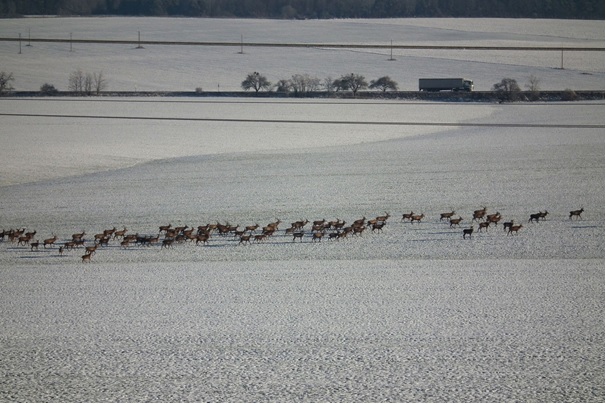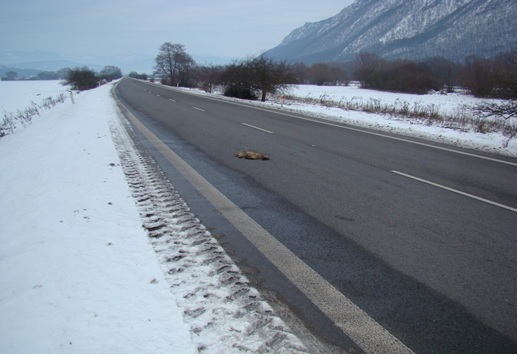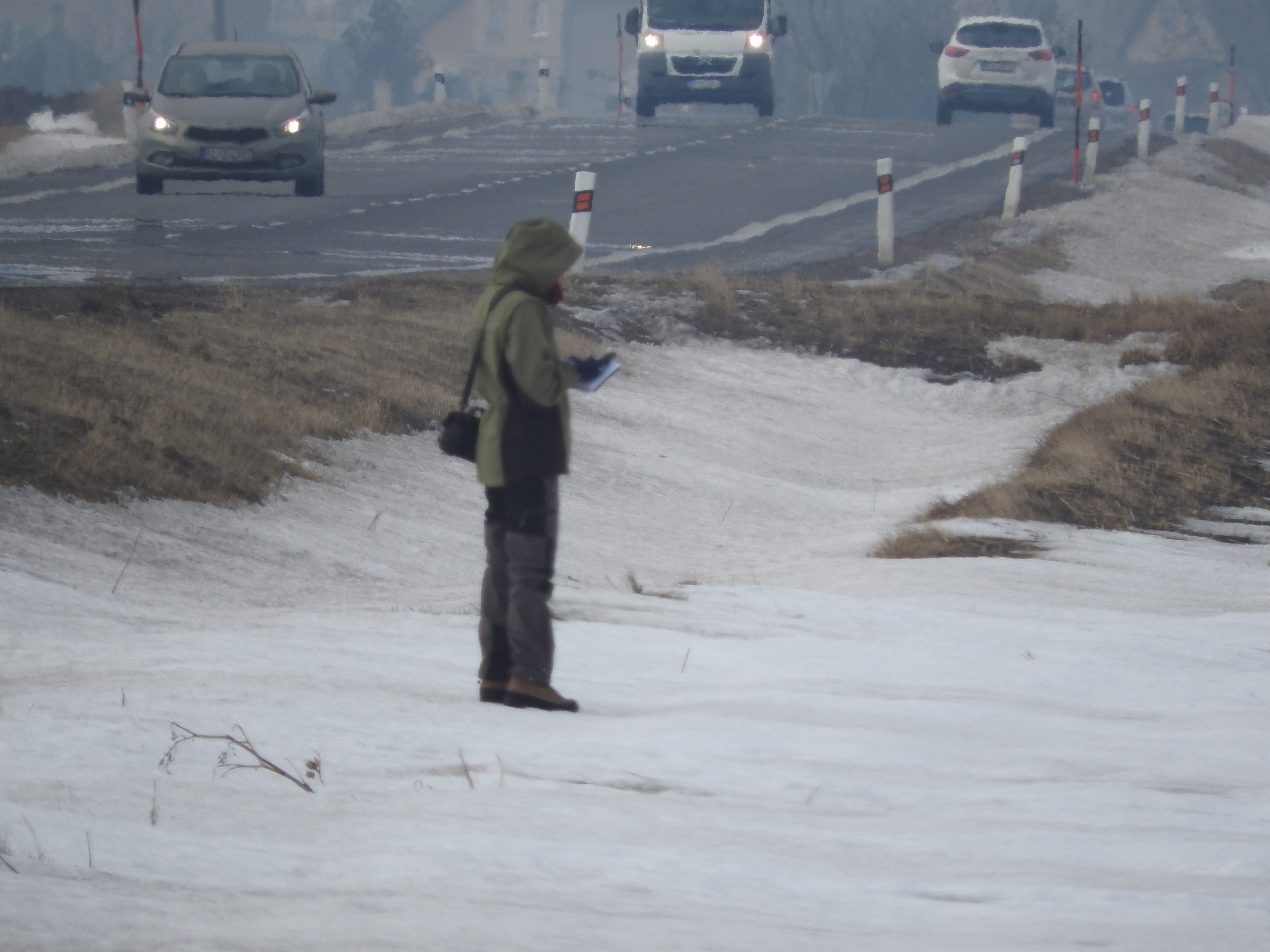TRANSGREEN - Connectivity as seen by a landuse expert from Slovak Karst National Park
18-06-2018
Lubica Hudakova is a landuse manager working at Slovak Karst National Park for 5 years. She has agreed to talk to the TRANSGREEN team and share part of her vision regarding connectivity, stories about roadkill monitoring and also her personal story and love for nature.
Slovak Karst National park belongs to SK-HU-UKR project pilot area located in the southern Slovakia. It is also a UNESCO Biosphere Reserve and part of it forms UNESCO World Heritage site Caves of Aggtelek Karst and Slovak Karst. Lubica is passionate about her job and nature.
Beauties of Slovak Karst National Park
The name of the park itself indicates that it represents a territory with something beautiful, exceptional and rare. The Slovak Karst is the largest karst area of the plateau type in Central Europe with more than 1,350 caves and abysses. It is famous for variety of protected and rare flora species. Blooming orchids possess a beauty rarely matched in the world of flora. It is also home of many protected animals and bird species among which golden eagle is the most iconic.
Working in nature is a dream job
My beginnings at work literally started with field practice. I went to the field with my colleagues every day and learned how to listen and understand nature, track animals and identify their footprints and recognize different plant species. Although I spend a lot of time working in the office with administration, creating and processing expert documentation and studies luckily I spend some time in nature. I am fascinated by the field work and monitoring of large carnivores. Tracking animals as wolf, lynx and bear is the biggest adventure, however monitoring of ground squirrel and bats in the caves can also provide great experience.
Collision risks and monitoring of animals

Photo: copyright Ján Kilík. Slovak Karst National Park. Krásnohorské Podhradie corridor: forest deer preparing to cross the road, January 2018
Linear structures, such as roads and railways, create barriers for migrating animals. In many cases it causes collisions and roadkill animals. In our locality the most frequent are collisions with deer, wild boar, fox, badger, river otter and wild cat. However, in 2017 lynx was killed accidently on the road between Roznava and Krasnohorske Podhradie.

Photo: copyright Norbert Mički. Slovak Karst National Park. Roadkill
We use several methods for monitoring of migration of animals. The most effective one is a direct field observation - direct tracking of a particular animal species and its residence signs - traces, markers, shelters, etc. A great help are camera traps that we install in identified locations.

Photo: copyright Oleksak. Monitoring wildlife movement, by field observation.
How will TRANSGREEN project contribute to solve problems?
Results gathered in the fieldwork will be analyzed and serve as a basis for planning appropriate elements that contribute to preserving the connectivity of bio-corridors and reduce negative impacts of gray infrastructure. However, it is inevitable to ensure connectivity in landuse.
